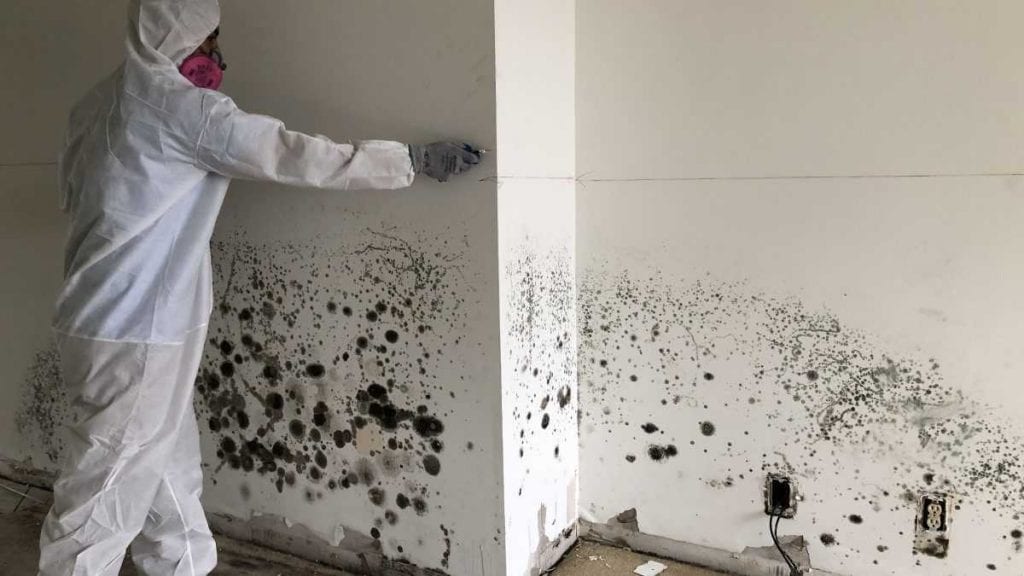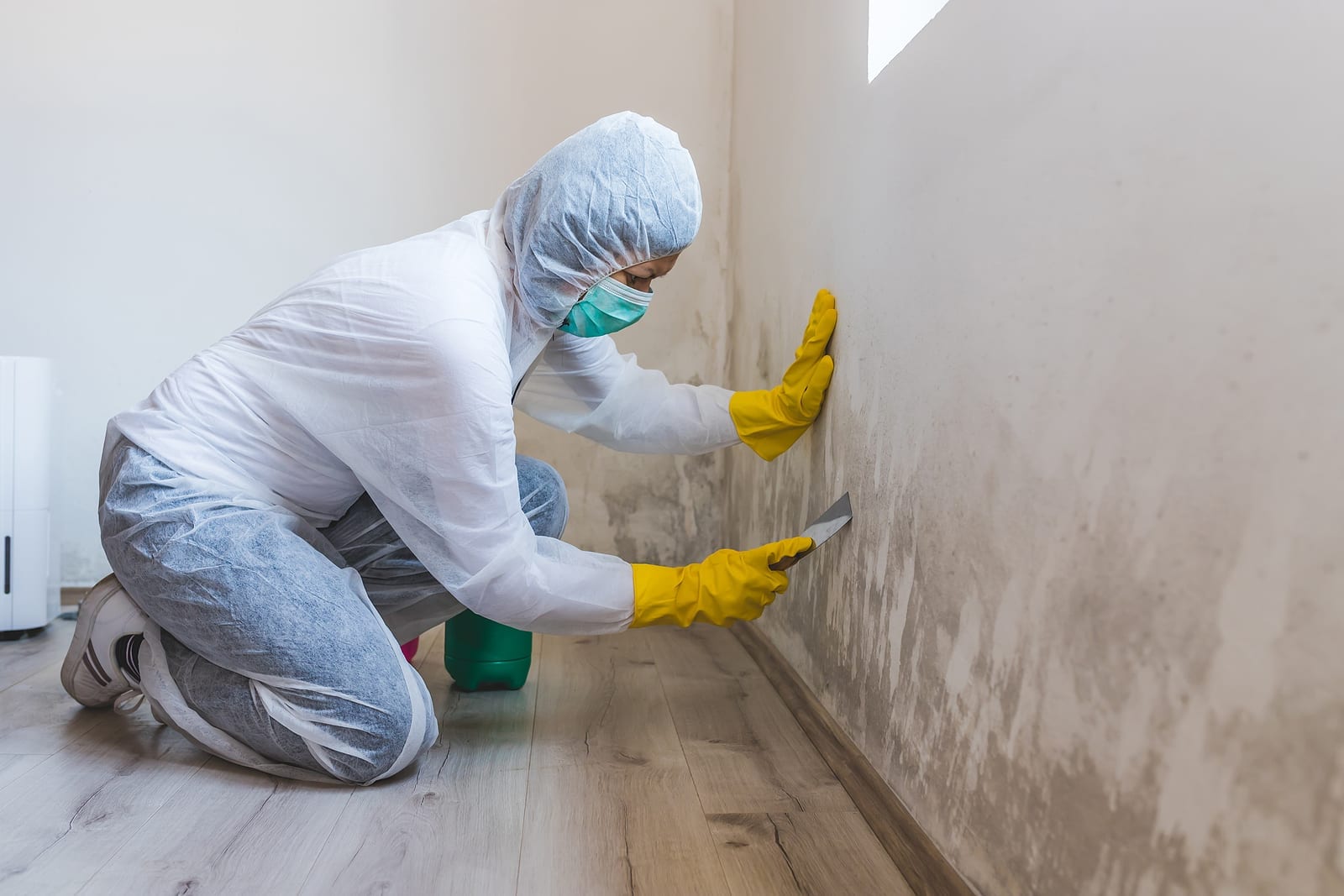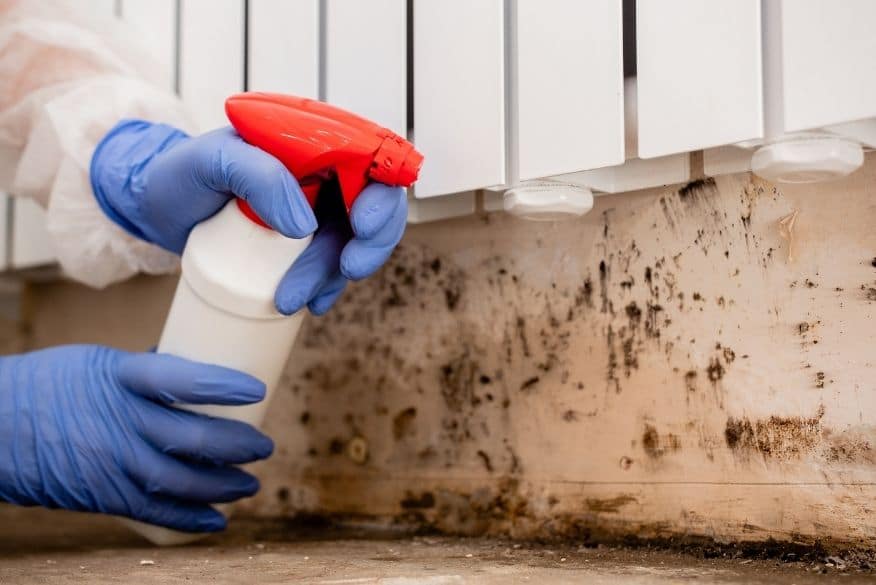Trustworthy Sewage Backup Cleanup Poultney VT: Allow Us Manage the Mess!
Trustworthy Sewage Backup Cleanup Poultney VT: Allow Us Manage the Mess!
Blog Article
The Ultimate Guide to Mold Elimination and Removal Methods
The perilous nature of mold and mildew development calls for a systematic method that encompasses recognition, risk analysis, avoidance, elimination, and removal. By comprehending the different types of mold and mildew, the wellness risks they might present, and the most efficient methods for removal, one can make sure a risk-free and healthy and balanced environment for passengers.
Identifying Mold And Mildew Kind

Additionally, Penicillium is identifiable by its blue or eco-friendly fuzzy structure and is typically discovered on water-damaged products, possibly creating sinus infections and allergies. Alternaria is a kind of mold and mildew that is typically black or dark green and can activate asthma signs. By having the ability to distinguish in between these different mold types based on their appearance and connected wellness dangers, people can much better address mold and mildew infestations and implement ideal elimination methods to make sure a risk-free and healthy and balanced environment.
Comprehending Mold And Mildew Health And Wellness Dangers
Having established the unique characteristics of different mold types and their connected wellness threats, it is necessary to dive into the specific wellness effects postured by exposure to mold. Mold and mildew exposure can cause a range of health and wellness problems, varying from light irritations to severe sensitive reactions and respiratory troubles. Individuals with allergies or bronchial asthma are especially susceptible to the adverse results of mold exposure. Signs and symptoms of mold-related health concerns may consist of nasal congestion, coughing, throat inflammation, skin breakouts, and eye irritability. Prolonged direct exposure to mold and mildew spores can aggravate these signs and lead to a lot more significant problems in some situations. In addition, specific kinds of mold and mildew, such as black mold (Stachybotrys chartarum), produce mycotoxins that can trigger more extreme health issue. These contaminants can impact the respiratory system, nerve system, and total wellness of people. It is critical to deal with mold and mildew concerns quickly and efficiently to minimize the health risks associated with mold exposure.
Stopping Mold And Mildew Growth
To properly prevent mold development in interior atmospheres, implementing proactive procedures is vital. The trick to stop mold is moisture control. Guarantee that any type of leakages in plumbing, roofs, or home windows are quickly repaired to avoid water from permeating into wall surfaces, ceilings, or floorings. Correct ventilation is also vital in reducing moisture degrees, especially in locations prone to dampness like washrooms, kitchens, and cellars. Use exhaust fans, dehumidifiers, and ac system to control indoor moisture degrees below 60%. Routinely evaluate and keep a/c systems to prevent condensation accumulation, which can develop an excellent environment for mold and mildew growth. In official source addition, appropriate insulation can help avoid dampness condensation on cold surface areas. Keep interior rooms tidy and clutter-free as mold flourishes in dirty and raw material. Think about utilizing mold-resistant products for building and improvement tasks. By carefully following these safety nets, you can develop an inhospitable environment for mold development and secure your interior areas from prospective mold problems.
Reliable Mold And Mildew Removal Techniques
Mold elimination techniques vary relying on the degree of the invasion and the kind of mold present. For small, isolated locations, rubbing with detergent and water, followed by extensive drying, can usually suffice. However, for bigger problems or even more hazardous mold and mildews like black mold, expert remediation might be required.
One reliable method is HEPA (High-Efficiency Particulate Air) vacuuming, which can assist get rid of mold spores from surfaces and the air. Encapsulation is another technique where a special sealer is put on surfaces after mold and mildew elimination to avoid regrowth.
In situations where porous products are affected, such as drywall or insulation, removal and replacement might be the best program of action. This helps make sure that all mold is removed, as it can pass through deep right into porous surfaces.
It's important to attend to the underlying reason for mold growth, such as dealing with leaks or improving ventilation, to protect against future infestations (mold removal rutland vt). Routine inspections and timely remediation are essential to maintaining a healthy and balanced interior environment

Making Sure Correct Remediation
For optimal results in mold remediation, careful focus to information and adherence to sector standards are necessary. Appropriate remediation starts with a thorough inspection to determine the extent of mold growth, moisture resources, and influenced locations. Making use of appropriate personal safety equipment (PPE) and basics containment actions is important to stop cross-contamination and guarantee the safety of both owners and removal employees. Removal strategies should be customized to the particular sort of mold present and the surface areas influenced. Thorough cleansing and elimination of mold-infested products, such as drywall or insulation, might be required to eliminate the resource of contamination fully. Complying with elimination, cleansing, and disinfection of continuing to be surfaces with approved fungicides helps protect against mold and mildew regrowth. It is important to deal with any kind of underlying dampness concerns to stop future mold and mildew problems. Verification of successful remediation via post-remediation inspection and screening is essential to validate that mold and mildew degrees have actually gone back to typical conditions. By adhering to these steps diligently, one can Continue successfully make certain appropriate mold and mildew removal and create a healthier indoor setting.
Conclusion

Report this page